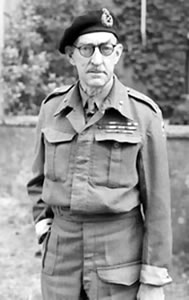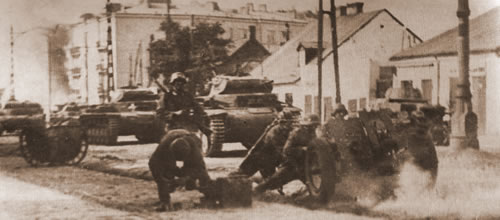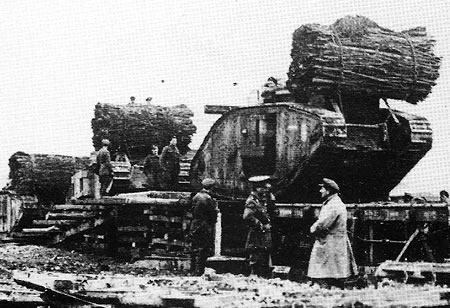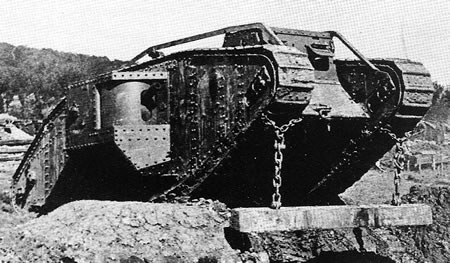The D-Day landings of mainland Europe on June 6, 1944 involved the most extensive wartime planning, with the most men and equipment, the world had ever seen. Over five thousand ships carried troops across the English Channel to Normandy, while eight hundred planes dropped thirteen thousand paratroopers who were the advanced attack force. A further …
Continue reading “Specialist Allied Invasion Tanks, Hobart’s Funnies”











